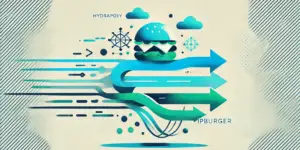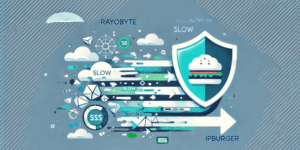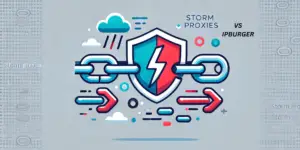Almost everybody relies heavily on social media platforms to try and connect with others. That means occasionally having to voice our opinions on current affairs and what’s happening around us; both via text or social media. However, we continuously tend to turn a blind eye to the dangers of publicly displaying our information on the internet. Typically, we come short of the effects of not keeping our social accounts private and secure when it is too late. Most threats are from cyber-bullying, social-profiling, information leaks to third-party apps, cyber-stalking and the list is always increasing.
Comment préserver la confidentialité et la sécurité de votre compte de médias sociaux?
Bien qu'il puisse sembler difficile de rester privé et sécurisé sur les médias sociaux, nous avons trouvé des moyens de vous aider à verrouiller les choses. Nous vous promettons également que nos conseils pratiques sont faciles à maintenir pour le bien de vos données en ligne.
Voici comment :
 - Utiliser des mots de passe forts et uniques
- Utiliser des mots de passe forts et uniques
Nous avons suffisamment insisté sur ce point, mais vous serez surpris de constater à quel point il est facile de deviner le mot de passe d'une personne, simplement en étudiant son environnement. Il peut s'agir de la date de naissance d'un être cher, du nom d'un animal de compagnie (généralement inscrit sur son porte-clés), ou même du mot de passe le plus simple qui soit. La plupart des gens oublient souvent l'importance des données à protéger en choisissant le mot de passe le plus simple.
To create a secure password, always use uppercase and lowercase letters, numeric and even special symbols. Avoid going for the obvious words that anyone would predict. To illustrate, I will choose “High Garden” then proceed to make a password like: “H2i0g1h!G0a1r2d3e?n#”. To break the pattern, you need to change your passwords after a certain period. A period of about two months would suffice.
- Révoquer l'accès aux applications tierces
On social media, you will find an application requesting permission to view your account information; that is a third-party app. Photo-editors, Twitter-unfollowers, Insta-follows, games, or video-editors are all third-party apps when they request data from your social accounts.
Vous devez vérifier si vous êtes toujours connecté à l'une de ces applications en vous rendant dans les paramètres de votre compte, dans la section des applications, pour confirmer. Si vous constatez que des applications sont liées à votre compte, il est impératif de révoquer immédiatement l'accès à ces applications.
 - Ajustez vos paramètres de confidentialité en conséquence
- Ajustez vos paramètres de confidentialité en conséquence
Bien que les différentes plateformes sociales puissent avoir des paramètres de confidentialité uniques, elles ont toutes le même objectif de préserver la confidentialité et la sécurité de vos données.
Par exemple, pour ajuster vos paramètres de confidentialité sur Facebook : allez sur Menu > puis Paramètres > Confidentialitépuis modifiez tout selon vos préférences. Vous disposerez d'options telles que qui peut voir vos données, contrôler l'accès aux informations de vos amis et les autorisations pour les applications tierces.
Twitter and Instagram, both have the similar settings, with the most obvious being switching your account from Public to Private. This way you will have secured your account from non-followers. You can also change privacy options like who can tag you, as well as posts with locations.
- Toujours utiliser un VPN solide
While you may have done all of the above practice tips, you still have to take an extra measure that is very important. To ascertain that you are private and secure while on social media, or while connected to a public network, then use a VPN. Having a reliable VPN service will ensure no one notices your online presence, no phishing of information, and certainly no monitoring from your local ISP or Government.
Staying connected to a VPN means your data is well encrypted and secured from cyber-attacks.
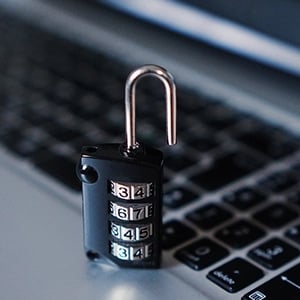 - Utiliser des mots de passe forts et uniques
- Utiliser des mots de passe forts et uniques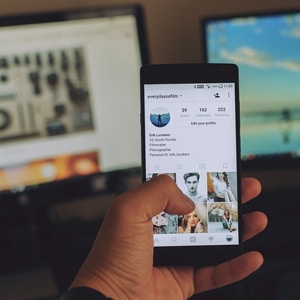 - Ajustez vos paramètres de confidentialité en conséquence
- Ajustez vos paramètres de confidentialité en conséquence